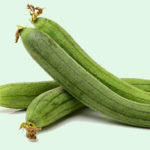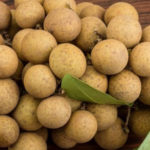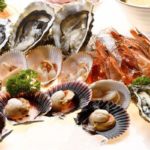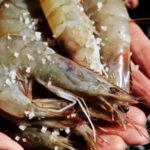Nutritional composition of shrimp
With many questions from consumers, both sea shrimp and freshwater shrimp are equally nutritious, according to Dr. Thinh. Both types of shrimp have meat and shell, but freshwater shrimp usually have less meat.
According to the Vietnam Nutrition Composition Table (National Institute of Nutrition), in 100g of shrimp, there are 76.9g of water, 90 Kcal, 18.4g of protein, 1.8g of lipid, 1120mg of calcium, 2.20mg of iron, 42mg of magnesium, 150mg of phosphorus, 316mg of potassium, 0.02mg of vitamin B1, 0.03mg of vitamin B2, and some other vitamins and minerals.
In the meat of 100g of sea shrimp, there are 79.2g of water, 82 Kcal, 17.9g of protein, 0.9g of lipid, 79mg of calcium, 1.60mg of iron, 37mg of magnesium, 184mg of phosphorus, 185mg of potassium, 0.04mg of vitamin B1, 0.08mg of vitamin B2, and some other vitamins and minerals.
Thus, the protein, vitamins, and minerals in freshwater shrimp and sea shrimp are equivalent. In terms of calcium, freshwater shrimp have more than sea shrimp. Crustaceans not only contain vitamins and good protein for the body but also contain unfamiliar amino acids that the human body may not be accustomed to. Therefore, in some sensitive people, eating shrimp or crab may cause allergies due to the body’s reaction to unfamiliar amino acids.
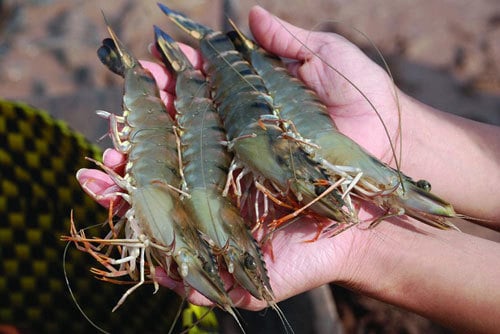
How to choose chemical-free shrimp
Observe the body and head of the shrimp
Fresh shrimp should have a slightly curved body, firm meat, and small-sized shrimp may not have thicker meat. You should choose shrimp with flexible and intact shells. The head and legs of the shrimp must be tightly attached to the body.
Fresh shrimp shells should be shiny, smooth, and clear between the body. Avoid buying shrimp with black legs as this is a sign that they have spoiled.
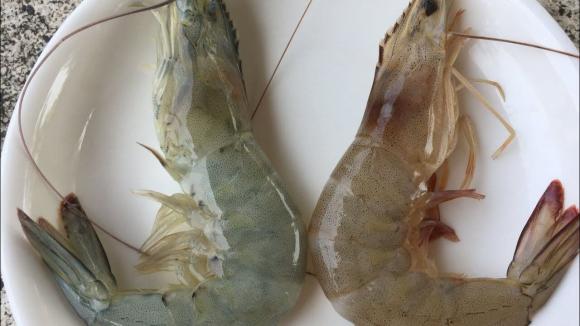
Observe the tail of the shrimp
Checking the shrimp’s tail will help you determine their freshness. To check the freshness of the shrimp, simply bring the shrimp to the light, stretch the body, and observe the width between the joints on the shell and the meat. If the joint is wide, it indicates that the shrimp has been stored for a long time or kept in the refrigerator. The narrower the joint, the fresher the shrimp.
Furthermore, if you feel grit or stickiness when holding the shrimp, or if the shrimp sticks together, you should not buy them.
Shape of the shrimp
Fresh shrimp will have a straight or slightly curved shape. Shrimp that has been stored for a long time or spoiled will have a round-shaped body.
How to Choose Fresh Seafood: Important Cabinet Tips
In recent years, concerns have been raised over the practice of injecting urea and chemicals into seafood, making it difficult to find safe and fresh options. To help, DienmayXANH.com offers some tips on how to select the best seafood available. Seafood is a rich, delicious, and nutritious source of food, and this advice will help ensure you make the most of it.


























